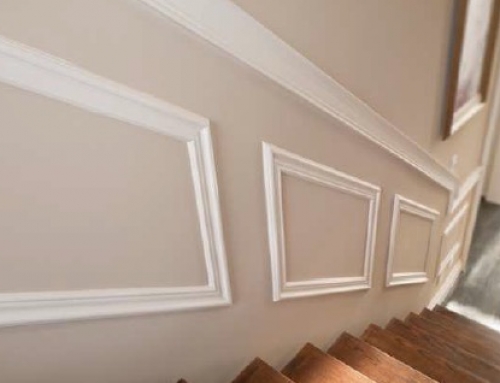While paintbrushes may seem the same, they actually serve many different purposes, and some are better than others when used with certain application styles.
Bristles
Paintbrush bristles can be natural, synthetic or even a combination of the two. Natural bristles, often made from animal hair, are typically used with oil-based paints and lacquers, while synthetic bristles do best with latex paint.
However, over the years, manufacturers have made strides in changing the makeup of synthetic brushes, and today, one can purchase a synthetic brush that can be used with all paint products, says Beverley Kruskol, a general contractor and owner of M.Y. Pacific Building, Inc.
“However, always check the manufacturer’s instructions for usage of the brush before purchasing,” she advises.
Types of synthetic brushes include polyester and nylon, while natural bristles include ox hair, sable and camel.
Also available are sponge or foam brushes, which have no bristles at all. These can eliminate the visible brushstrokes that may be left in corners or on molding. They’re also designed to be thrown away after one use, though it’s possible to reuse certain sponge brushes if they are washed right away.
Brush size
The size of your project will determine the size of your brush. Smaller brushes should be used for detail work, painting smaller trim and cutting-in painting. Larger brushes can be used for painting corners and areas where paint rollers would be too large to use.
Brush heads also vary in shape — some are flat, while others are round. Rectangular brushes, for example, can apply more paint to a wall faster, while a round brush can be used for stenciling projects or painting in a more concentrated area. There are also trim brushes that are designed specifically for painting trim.
The handle
Though often overlooked, the handle of the paintbrush can be an important component. There is a debate over which is better — plastic or wood.
Several brushes feature plastic handles, though many professional painters tend to prefer wood handles. This is because wood handles are more comfortable to use when painting for an extended period of time. However, if you are working on a smaller project, plastic handles should suffice.
Link to original article here.






